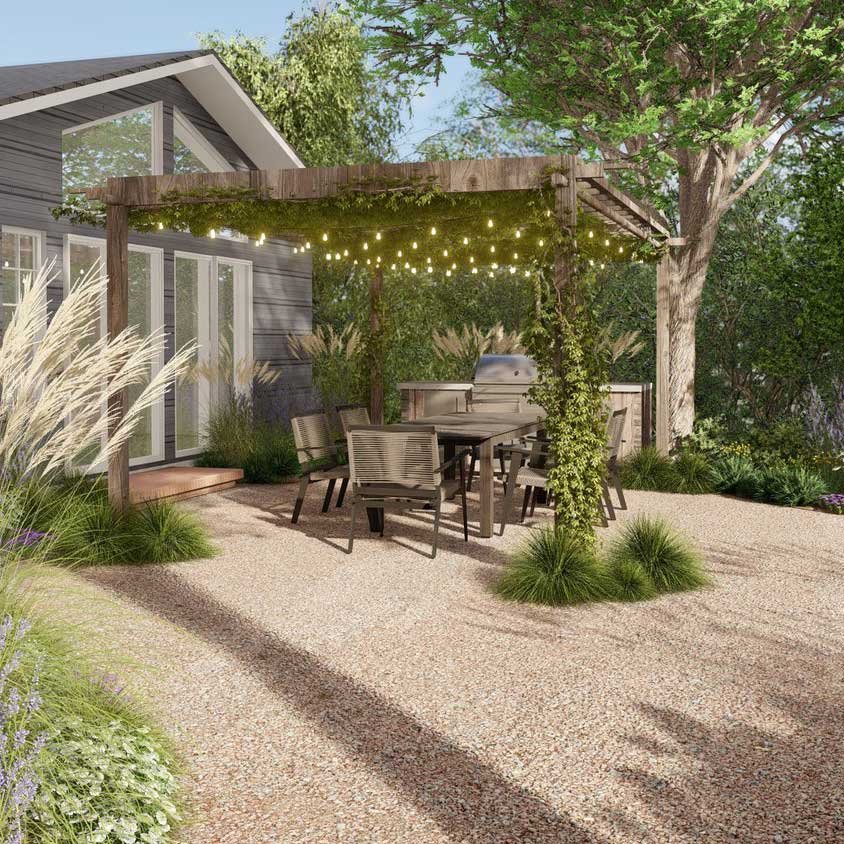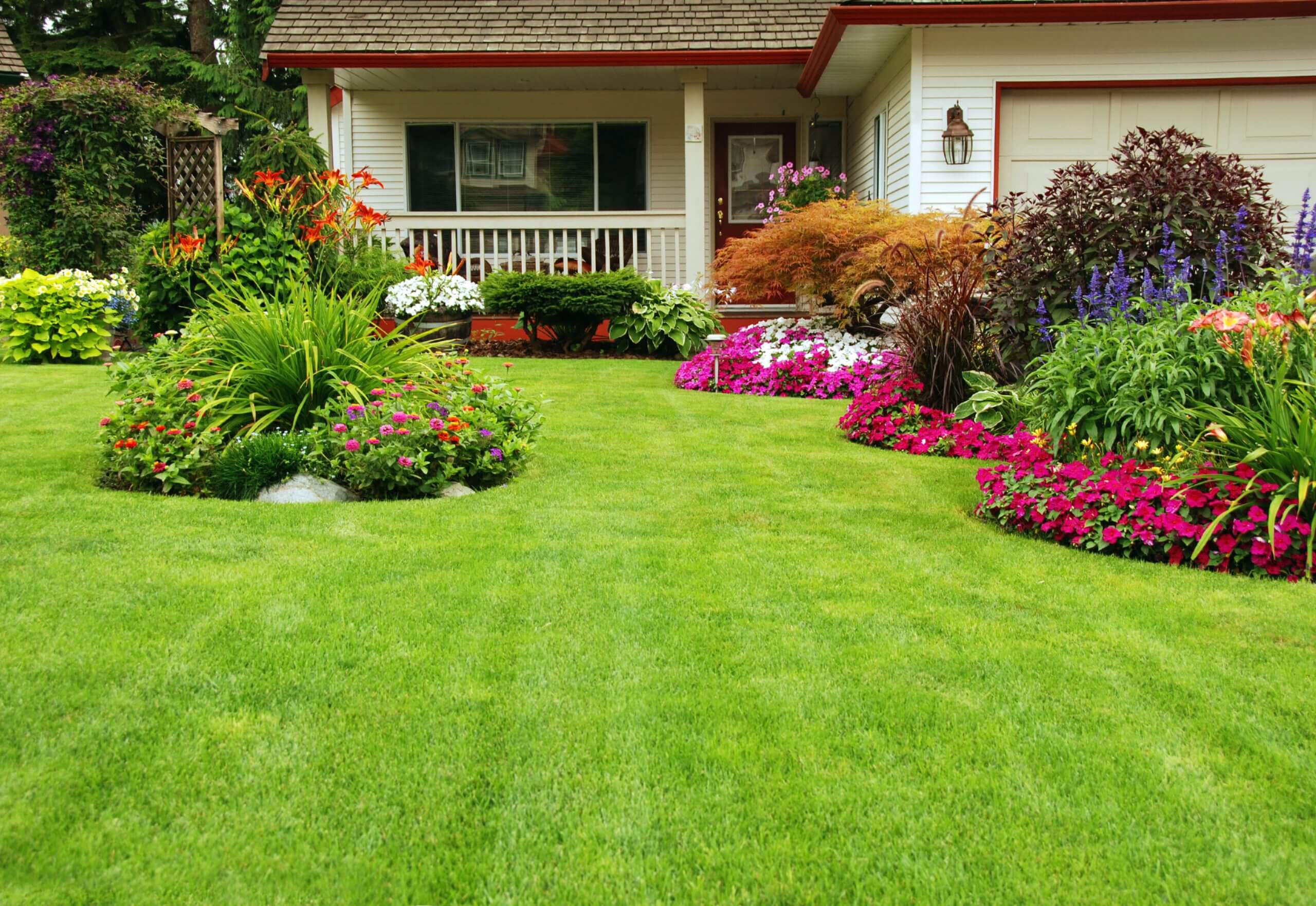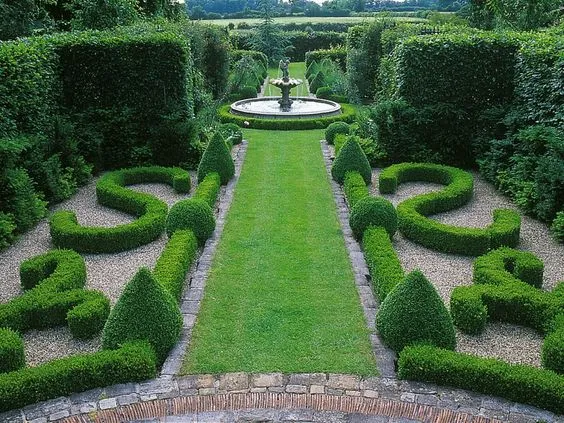Landscapers for Dummies
Landscapers for Dummies
Blog Article
Landscapers Can Be Fun For Anyone
Table of ContentsLandscapers - The FactsSome Known Factual Statements About Landscapers Landscapers Can Be Fun For AnyoneNot known Facts About LandscapersGet This Report on LandscapersLandscapers Fundamentals Explained
- A garden attribute where water is represented by an aggregate rock item, normally a gravel or granite. These are most frequently found in contemporary and Japanese yard design.- A rock or natural flagstone outdoor patio, path, or walkway built without a concrete base. The base would certainly be compressed gravel and the joints would be an accumulation or walkable ground cover. - A stone retaining or cost-free standing wall built without using mortar. A highly competent mason is required for a dry pile stone wall. The majority of wall surfaces in Rose city are moist stacked, also if they appear to be. - A below ground structure that gather water and allows it to slow down percolate right into the soil around it.
Landscape design that is suitable with a sites' environment in both appearance and sustainability without adverse impacts to the setting. Bordering in the landscape is a line of demarcation that develops aesthetic interest in the yard by dividing one section from one more section. This can be visual or functional, keeping one aspect (such as pea crushed rock) from obtaining mixed into one more (like bark dust).
Locations can additionally have a feeling of "unit" given by trees, various other plantings, fences, or screens. The landscape near the access to a structure.
What Does Landscapers Do?

The element in a landscape style or area in a landscape that is meant to be most noticeable. The focal point can be a plant, boulder, statuary, collecting area, or other landscape attribute.

Some Known Factual Statements About Landscapers
Low plants that are enabled or motivated to spread out over a location. Can refer to any type of "hard" garden elements consisting of statuary or boulders but the majority of commonly is used to refer to courses, patio areas, and walls - Landscapers.: Height distinction between the degree of water in a fish pond (or the level of the pump if it rests outside the fish pond) and the upper outlet of water which influences efficiency of the water pump in gph (gallons per hour).
Fence boards that run flat, usually made use of in modern-day or Japanese-inspired landscape designs. Correct usage of fictional lines can assist the landscape feel attached to the home and other elements.
An even more loosened up yard dominated by rounded as opposed to straight bed lines and a less rigid framework. Standard PNW landscapes are informal. A plant that spreads out even more than wanted, or right into habitats where it does damage. Rose city has a list of intrusive plants that ought to not be mounted in landscapes because they can spread to woodlands or rivers and be tough to manage.
Facts About Landscapers Uncovered
Can include head placements and coverage, pipe sizing, GPM specifications, and products required to install this system. Certified specialist who creates landscapes, educated in design and architecture as well as in cultivation.
The expert that intends and creates landscape jobs, normally at a property or small commercial degree with the significant style incentive on plantings. Landscape designers usually have much less education than Landscape Architects and are not certified. A completed landscape layout, outlining all elements for the brand-new landscape. This normally takes the type of a drawing on paper.
Using numerous growings of the very same selection to fill in an area in the landscape. This can decrease upkeep and water usage in the garden.
A mix of cement, sand, and water that is used in rock masonry for setting rocks and joints. A layer of compost or bark dust used at the base of a plant. A mass planting of moss. A plant that existed in a geographical area before people started transforming the landscape.
The Ultimate Guide To Landscapers
How the garden or a yard component is arranged in relationship to an existing or new feature or to a direction. Maintaining a grass without using chemical herbicides, chemicals, or fertilizers. Turfs that are not mowed but grown in landscapes as perennials. This is a partly open sided leisure or entertainment location that joins a house, try this web-site made use of for enjoyable, outdoor dining and just enjoying the outside environment.

Small round crushed rock. Plants that provide seasonal interest and after that die back in the winter months. Annuals do not come back the adhering to season, yet perennials do. Winter season yard that is the most usual turf grass in Rose city, OR and the remainder of the PNW.An open roofed structure over a patio area or various other landscape attribute.
Basalt aggregate ranging in size from 1/4" to dust. One of the most usual landscape gravel in the PNW. Location of the landscape made to take care of rainfall water until it see can soak into the ground. A chain that regulates water as it travels from a roof covering gutter to the ground. Yard structure that produces a growing location that is included and higher than the surrounding quality.
Framework constructed from their explanation timber, concrete, leading stones, bricks or various other materials for stabilizing slopes and preventing too much disintegration. Slim watercourse. Producing a yard attribute consisting mainly of stones with plantings that enhance and can thrive in the rocky atmosphere. Sprinkler head style that turns a stream of water throughout a location.
The Main Principles Of Landscapers

Report this page